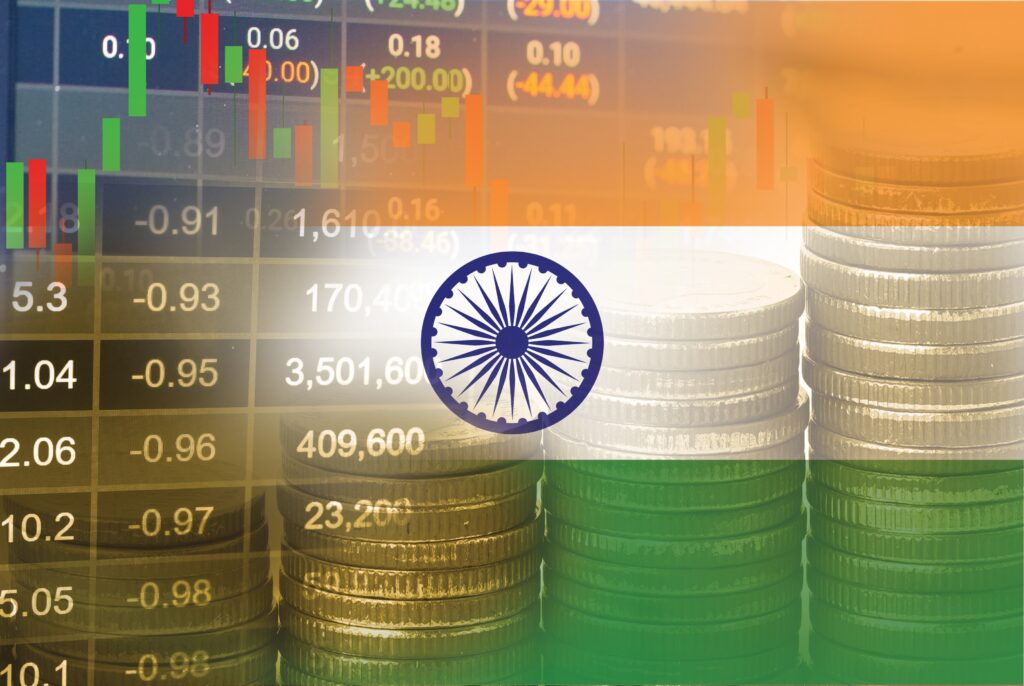The government of India has recently indicated that the country intends to attain a USD 5 trillion GDP by 2025, much ahead of the International Monetary Fund’s predicted period. According to the IMF’s Global Economic Outlook, the Indian GDP would grow from USD 3.2 trillion in 2021-22 to USD 3.5 trillion in 2022-23 and reach USD 5 trillion in 2026-27. The government had been quite ambitious and taking steps to attain its goal at a much earlier date.
This ambitious target has been set by the Indian government, and it reflects the country’s growing aspirations for economic development and progress. Despite the significant economic disruptions caused by the COVID-19 pandemic and geopolitical turmoil, India has shown resilience and a strong recovery trajectory.
Effective Capital Expenditure
The CapEx thrust is working very well in positioning India to achieve its goal of 5 trillion economies. Aside from housing, building activity, in general, has increased dramatically in FY23, as the central government’s and its public sector firms’ much-expanded capital expenditure (Capex) is swiftly allocated. According to the predicted Capex multiplier for the country, the country’s economic production will grow by at least four times the amount of Capex.

Governmental Programs
National Infrastructure Pipeline (NIP) is the Government of India’s roadmap to make India a 5 trillion dollar economy by 2024-25 by spending 100 lakh crore in infrastructure projects.
In this regard, the government’s Make-in-India initiative has supported innovation, stimulated investment, and built world-class infrastructure while solving local manufacturing capacity shortfalls. It has been bolstered further by the 14-category Production Linked Incentive (PLI) programs, which are estimated to cost more than $3 lakh crore over the next five years and have the potential to create over 60 lakh jobs. The initiative will help reduce net imports in the medium term by building domestic manufacturing capacity to fulfill both domestic and international demand.
Developed by the Commerce and Industry Ministry, National Logistics Policy provides with technologically enabled, integrated logistics ecosystem in the nation for rapid and equitable growth.
The government’s efforts are all designed to promote the expansion and development of the nation’s total economic activity. A number of initiatives have been launched in consideration of India’s diverse population, some of which are tailored specifically for MSMEs and SMEs. One such initiative is the Open Network for Digital Commerce (ONDC), which aims to promote open networks for all facets of the exchange of goods and services over digital or electronic networks to help MSMEs gain a foothold in the saturated e-commerce market.
Domestic consumption provides a domestic impetus for growth
Domestic spending increased in most economies once pandemic restrictions were lifted, but India’s growth was unusual for its magnitude. It aided in increasing the utilization of domestic capacity. According to the Economic Activity Index, private consumption expanded at a five-month high pace of 5.6% year on year, driven by automobile purchases and broad-based service expansion.
While the increase in exports slowed, the rebound in domestic consumption was strong enough to keep India’s economy growing. Private consumption as a percentage of GDP reached 58.4% in Q2 of FY23, the highest second quarter since 2013-14, owing to a rebound in contact-intensive industries such as commerce, hotel, and transportation, which experienced a 16% sequential increase in real terms in Q2 of FY23 compared to the previous quarter.
Trade
In FY22, the Indian manufacturing sector benefited from robust external demand as manufactured exports increased in response to global GDP recovery. Trade increased and grew as bottlenecks in global supply networks began to relax. The Indian economy benefited from exports throughout the first half of FY23. In the first half of the year, exports of goods and services as a proportion of GDP hit their highest level since FY16.
In conclusion, India’s goal of becoming a USD 5 trillion economy ahead of the International Monetary Fund’s predicted year is achievable with the government’s initiatives, domestic consumption, and strong external demand.
India is one of the fastest-growing major economies and is currently ranked as the world’s fifth-largest economy. India’s medium-term growth projections are upbeat as the nation strives to reach the USD 5 trillion economic threshold and become the third-largest economy in the world by 2027–2028. However, the government must also be vigilant about addressing the growing inflation, and address issues such as job creation, rural distress, and financial sector reform to ensure sustained growth and progress.





 Market Research
Market Research Consumer Research
Consumer Research Industry Research
Industry Research Market Entry Strategy
Market Entry Strategy Feasibility Studies
Feasibility Studies Product Research
Product Research Automobile & Mobility
Automobile & Mobility Banking and Finance
Banking and Finance Consumer Products & FMCG
Consumer Products & FMCG Ecommerce & Retail
Ecommerce & Retail Industry & Manufacturing
Industry & Manufacturing Government & Public Sector
Government & Public Sector Industry Associations
Industry Associations Technology & Software
Technology & Software Venture Capital & PE
Venture Capital & PE Consulting & Advisory
Consulting & Advisory India Entry Market Research
India Entry Market Research Innovation Consulting
Innovation Consulting KX Market Radar
KX Market Radar Business Model Development
Business Model Development Gen Z Navigator
Gen Z Navigator